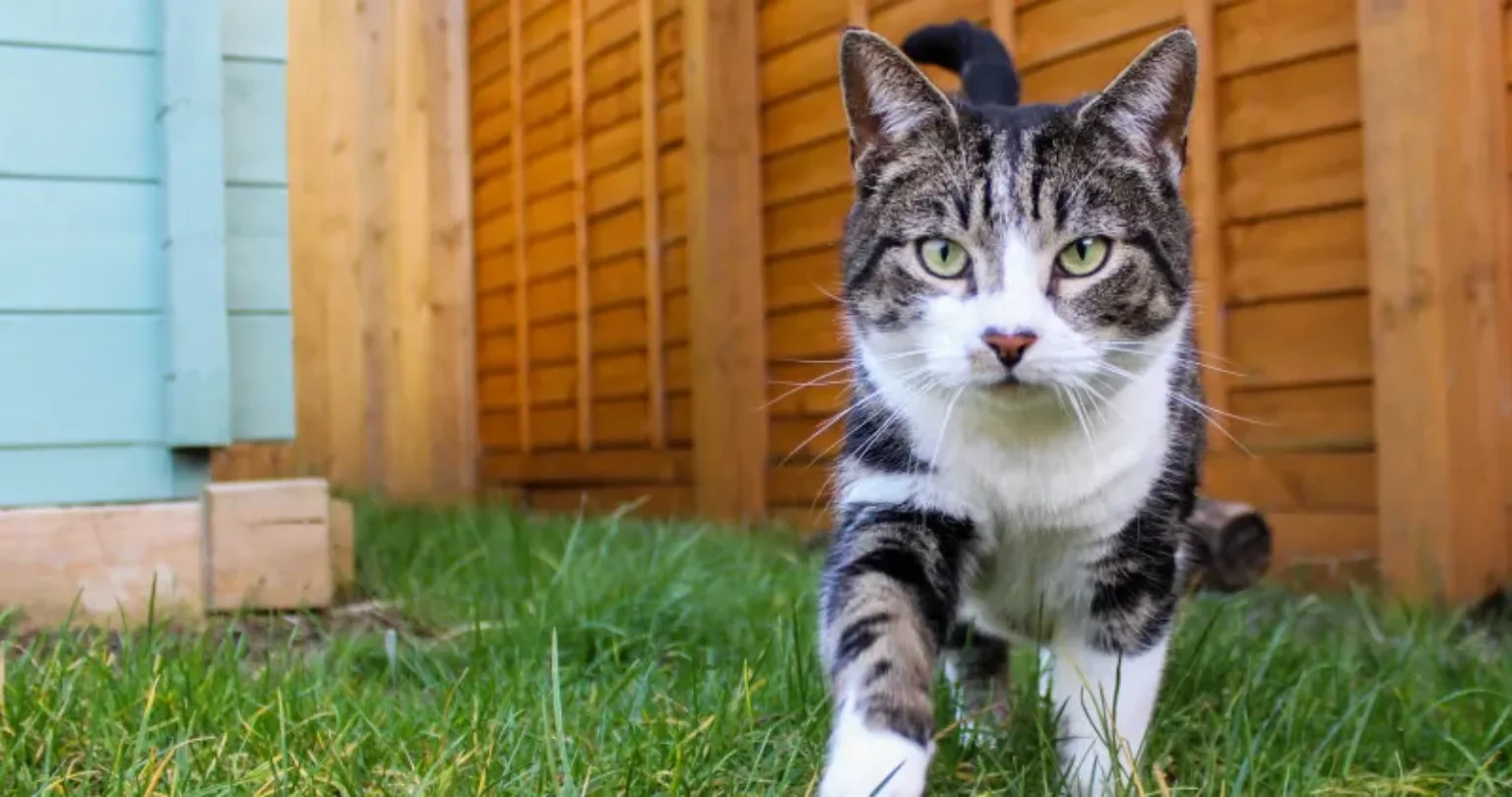Could you open your home to foster cats and kittens?
Fostering gives pregnant mums and their kittens the best possible start in life.

Feline calicivirus (FCV) is a common respiratory disease in cats.
The virus attacks the respiratory tract, mouth – with ulceration of the tongue, the intestines and the musculoskeletal system. Calicivirus is highly contagious to other unvaccinated cats.
Cats typically catch FCV after coming into contact with other infected cats. Calicivirus is resistant to some disinfectants, so cats can come into contact with the virus in almost any environment. Cats without vaccinations are at higher risk, as are those with a lower immune system due to pre-existing infections or diseases.
If your cat has calicivirus, the following symptoms will typically present themselves suddenly:
Your cat will be hospitalised for intensive care treatment – this may include broad spectrum antibiotics and possibly intravenous fluids.
It’s a good idea to discuss costs with your vet before starting any treatment.
An FCV vaccination is the best preventative treatment for your cat. It may also reduce the symptoms should your cat become infected with calicivirus.
Make sure you review the clinical history of your new pet and ask for more details on how the condition has been treated. You’ll need to sign a disclaimer to confirm you’ve been made aware of the condition. Any pet who’s had treatment is likely to have pet insurance exclusions, so it’s worth discussing potential on-going costs with your vet.